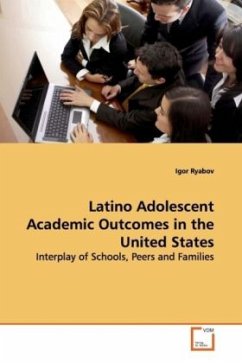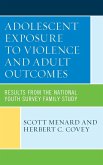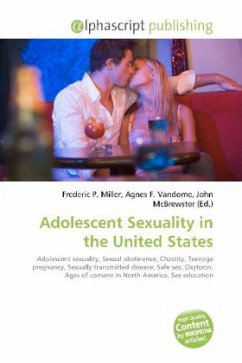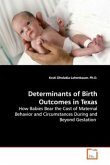Although the U.S. student population has grown
increasingly diverse both in terms of ethnicity and
immigrant generational status since the late 1980s,
schools have become more racially and ethnically
segregated. Data also reveal that Latinos, the
nation s largest minority, have become increasingly
segregated over the last 30 years, with their
segregation levels surpassing those of African-
Americans. The primary reason for focusing on
Latinos adolescents is that they consistently
account for the highest high school dropout rate
among the major ethnic groups in the U.S.
Using the National Longitudinal Study of Adolescent
Health (Add Health) data, I examined the interplay
of school racial and socioeconomic composition,
school social capital, family social capital, ethnic
origin, and immigrant generational status on
measures of school success, such as school grades
and standardized test scores, while controlling for
individual (e.g., sex, age) and family (e.g., family
structure, SES) factors.
increasingly diverse both in terms of ethnicity and
immigrant generational status since the late 1980s,
schools have become more racially and ethnically
segregated. Data also reveal that Latinos, the
nation s largest minority, have become increasingly
segregated over the last 30 years, with their
segregation levels surpassing those of African-
Americans. The primary reason for focusing on
Latinos adolescents is that they consistently
account for the highest high school dropout rate
among the major ethnic groups in the U.S.
Using the National Longitudinal Study of Adolescent
Health (Add Health) data, I examined the interplay
of school racial and socioeconomic composition,
school social capital, family social capital, ethnic
origin, and immigrant generational status on
measures of school success, such as school grades
and standardized test scores, while controlling for
individual (e.g., sex, age) and family (e.g., family
structure, SES) factors.








